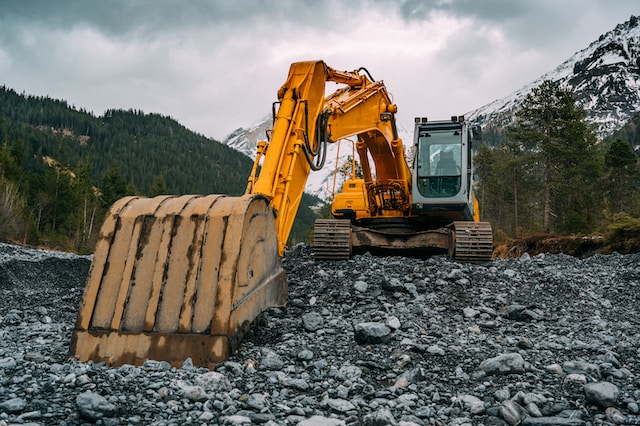Hydraulic systems on equipment and vehicles are critical for several reasons. Preventive maintenance is necessary to prevent expensive emergency repairs and production downtime.
Ensure you use hydraulic oil that matches the system’s recommendations and that the fluid is stored cleanly. Perform regular oil analysis to start predictive trending and extend lubricant life.
Viscosity
Hydraulic oil Charlotte, NC, is the linchpin of any hydraulic system. It helps transmit power, lubricates moving parts, and forms a protective layer that reduces friction and prevents rust and corrosion. Hydraulic fluid viscosity is also an essential factor that determines the ability of the hydraulic system to move heavy machinery and equipment.
The ability of hydraulic fluid to thicken or flow is determined by its viscosity. A fluid with a higher viscosity is thicker and will flow more slowly.
Viscosity is measured by using a unique tool called a viscometer. This tool is a calibrated cup with an orifice in the bottom. A specified fluid volume is poured into the cup, and the amount of time it takes to flow out of the orifice is recorded. The reading is then converted to centistokes.
Hydraulic fluid contamination can occur from water, particles, and other contaminants that enter the line from external sources. Keeping the lines clean and free of these contaminants ensures that the chemical properties remain stable. This protects the integrity of the additives and base stock.
Cleanliness
Of all the oil-lubricated assets found in plant systems, hydraulic pumps, valves, and cylinders are the most sensitive to contamination. Keep them clean, and they’ll operate reliably; allow them to become dirty, and you’ll pay a dear price in downtime, repair bills, wasted energy, and lost production.
Hydraulic oil contamination refers to solid particles in the fluid that inhibit its ability to create a lubricating film between moving precision parts. The particles may be large enough to block orifices in pumps, jam control valve spools, or prevent poppets from closing in cartridge valves.
The best way to reduce the particle count is by filtering new hydraulic fluid before it’s added to your system and by maintaining a high level of cleanliness in the storage tanks and reservoirs. Other good practices include flushing systems after installing new equipment, using air or vacuum breathers to transfer and store bulk hydraulic oil, enhancing filtration with desiccant breathers and offline filters, and monitoring the condition of the hydraulic fluid regularly.
Oxidation Resistance
All mechanical equipment degrades over time and fails at some point, but a preventative maintenance strategy can increase the life of hydraulic components. However, hydraulic system failures don’t sometimes occur as gradual degradation over time; they often come on suddenly and transfer stress onto other parts of the machine. This is known as transient failure and can be a costly problem.
Air contamination in hydraulic oil results from improperly sized tanks, poor venting during commissioning, and air leaks throughout the system. This leads to foaming, oxidation, reduced control and regulation properties, and the destruction of seals.
Corrosion Resistance
Up to three-quarters of hydraulic system failures are attributed to contaminated or old hydraulic oil. The best approach to minimizing the risk of these catastrophic failures is planned maintenance, though this requires working around production and often a delay in machine uptime. An alternative is predictive maintenance, which monitors equipment performance and intervenes before degradation reaches a critical threshold.
Solid contamination forms abrasion and adhesion in the system, causing erosion, pitting damage, and corrosion of components. It also causes foam formation and clogged filters, accelerating oil oxidation and resin forming.
Water is another major cause of hydraulic oil problems, speeding up its oxidation and leading to sludge and varnish formation. It may form during the blending process, be present as air bubbles in the oil, or be introduced from outside the system through a damaged breather cap or pump seal. Regularly monitoring the hydraulic oil with oil condition analysis sensors and moisture absorption systems helps prevent these issues from arising.




